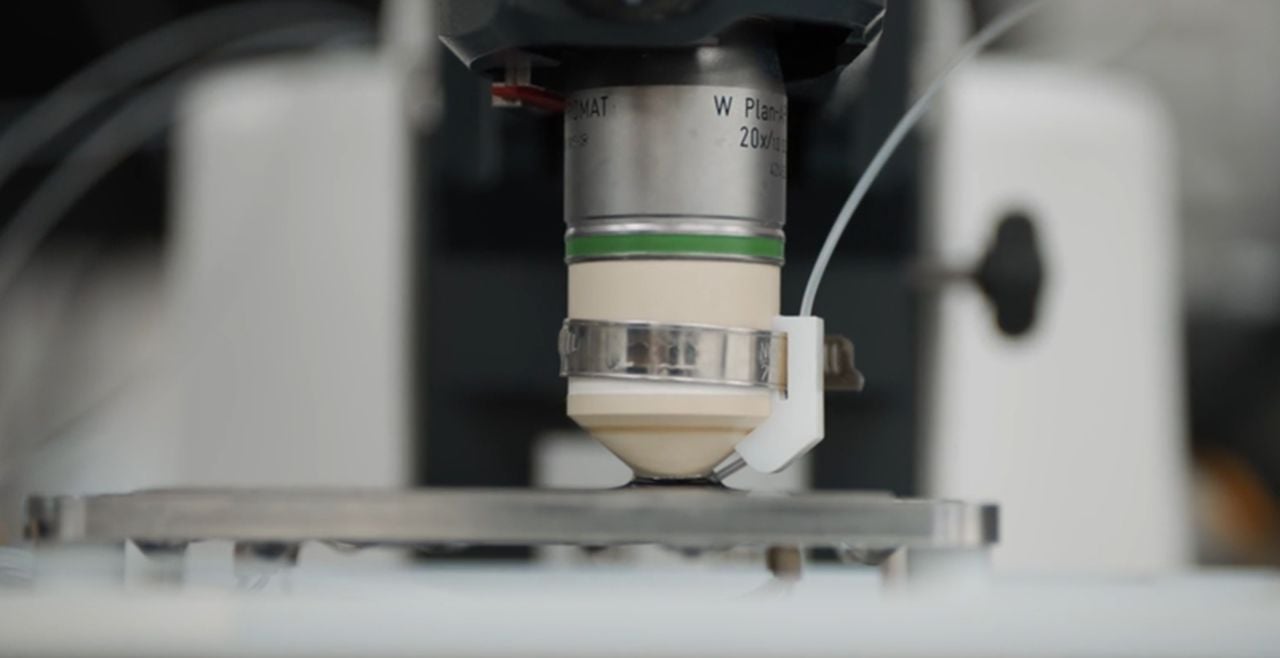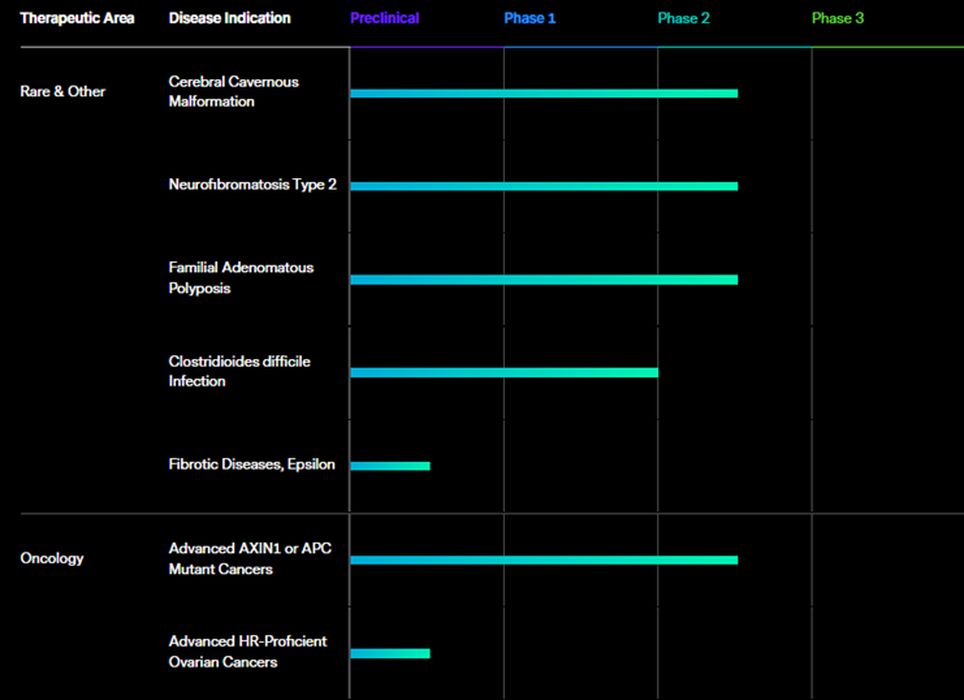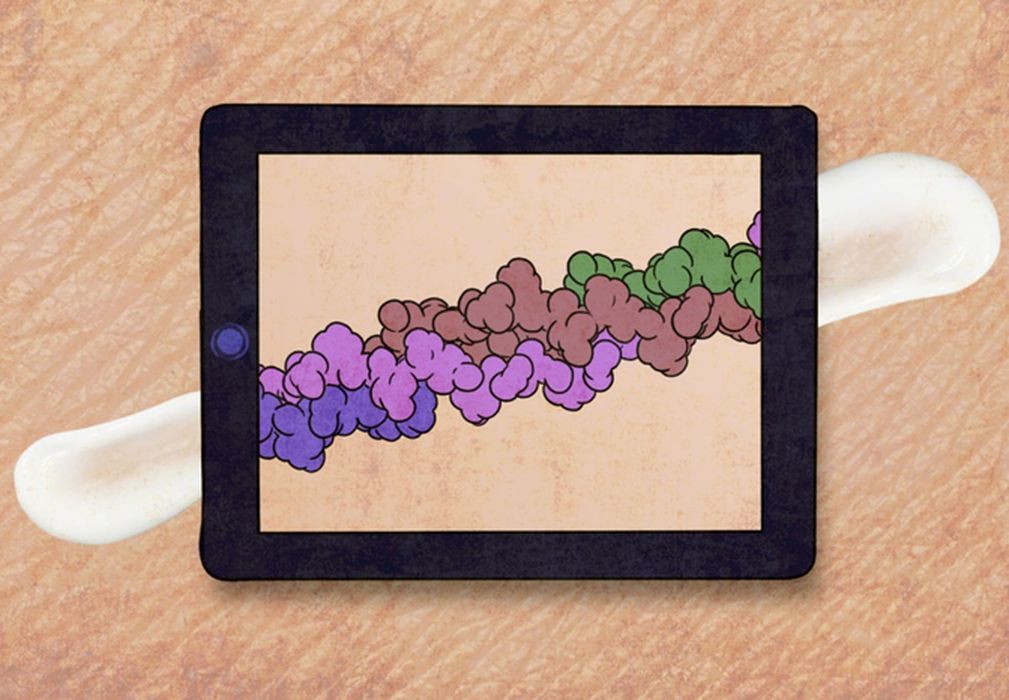
Charles R. Goulding and Preeti Sulibhavi reveal how AI and 3D printing are revolutionizing drug discovery, highlighting trailblazers like Terray Therapeutics and Recursion Pharmaceuticals in this groundbreaking transformation.
The process of drug discovery is on the cusp of a revolution, driven by the convergence of artificial intelligence (AI) and 3D printing technologies. This transformative combination promises to streamline the traditionally lengthy and expensive process of bringing new drugs to market. Among the trailblazers in this field are Terray Therapeutics, Recursion Pharmaceuticals, Schrodinger Labs, and Isomorphic Labs, each leveraging AI in innovative ways. This article delves into how these companies are pioneering advancements in drug discovery, with a particular focus on the integration of 3D printing at Terray Therapeutics.
Terray Therapeutics: Automating Preclinical Phases with AI and 3D Printing
Terray Therapeutics, based in California, is at the forefront of integrating AI and 3D printing to expedite drug discovery. Their approach is characterized by a sophisticated use of AI to automate the preclinical phases of drug development, which traditionally involve labor-intensive and time-consuming tasks such as compound synthesis, biological testing, and data analysis.
AI in Drug Discovery
Terray Therapeutics employs advanced AI algorithms to predict the efficacy and safety of potential drug candidates. These algorithms analyze vast datasets from previous research and ongoing experiments to identify promising compounds more rapidly and accurately than traditional methods. By leveraging machine learning models, Terray can forecast how new compounds will interact with biological targets, significantly reducing the time required for initial screenings.
3D Printing: A Game Changer
In addition to AI, Terray Therapeutics uses 3D printing technology to accelerate the preclinical phases. 3D printing allows for the rapid and precise creation of complex drug formulations and delivery systems. This capability is particularly advantageous in producing customized dosage forms tailored to specific patient needs and in developing complex drug delivery systems that can improve efficacy and reduce the side effects of new therapies.
By combining AI with 3D printing, Terray Therapeutics can quickly iterate on drug designs, testing multiple variations in parallel. This integrated approach not only speeds up the development process but also enhances the precision and personalization of new treatments, paving the way for more effective and targeted therapies.
Recursion Pharmaceuticals: Harnessing AI for Comprehensive Drug Discovery Recursion Pharmaceuticals, headquartered in Salt Lake City, Utah, is another leader in the application of AI to drug discovery. Unlike Terray Therapeutics, Recursion focuses solely on AI-driven approaches, harnessing the power of machine learning to analyze biological data at an unprecedented scale.

The Role of AI
Recursion’s platform integrates high-throughput automated experiments with AI analysis to generate vast amounts of data on cellular responses to various compounds. The company’s machine learning models then process this data to identify potential drug candidates and understand their mechanisms of action. By analyzing millions of data points from thousands of experiments, Recursion can uncover insights that would be impossible, or take decades to achieve, through traditional methods.

Schrodinger Labs: Computational Chemistry and AI
Schrodinger Labs, based in New York, is renowned for its expertise in computational chemistry and its application of AI to drug discovery. The company uses a combination of physics-based modeling and machine learning to design and optimize potential drug candidates.
AI in Drug Design
Schrodinger’s platform employs AI algorithms to predict the binding affinity of drug candidates to their target proteins, an essential step in the drug discovery process. By simulating molecular interactions at a high level of detail, Schrodinger can identify promising compounds more efficiently than traditional experimental approaches.
Isomorphic Labs: AI-Driven Innovation
Isomorphic Labs, a subsidiary of Alphabet Inc. (Google’s parent company), is dedicated to using AI to transform the drug discovery landscape. The company leverages deep learning and other AI technologies to model complex biological systems and predict the effects of new compounds.
Advanced AI Techniques
Isomorphic Labs employs advanced AI techniques, including deep neural networks, to analyze biological data and predict drug efficacy and safety. By modeling the intricate interactions within biological systems, Isomorphic aims to identify novel therapeutic targets and accelerate the development of new drugs.
The Future of Drug Discovery: AI and 3D Printing
The integration of AI and 3D printing represents a paradigm shift in drug discovery. While Terray Therapeutics stands out for its combined use of these technologies, other companies like Recursion Pharmaceuticals, Schrodinger Labs, and Isomorphic Labs demonstrate the transformative potential of AI alone. As these technologies continue to evolve, their impact on drug discovery is expected to grow, leading to faster, more efficient, and more personalized treatments for patients worldwide.
Benefits of AI in Drug Discovery
Efficiency: AI algorithms can process and analyze vast amounts of data much faster than human researchers, significantly reducing the time required to identify potential drug candidates.
Accuracy: Machine learning models can predict the interactions between compounds and biological targets with high precision, improving the success rate of new drug candidates.
Cost Reduction: By automating many aspects of the drug discovery process, AI can lower the overall costs associated with developing new therapies.
The Research & Development Tax Credit
The now permanent Research and Development (R&D) Tax Credit is available for companies developing new or improved products, processes and/or software.
3D printing can help boost a company’s R&D Tax Credits. Wages for technical employees creating, testing and revising 3D printed prototypes can be included as a percentage of eligible time spent for the R&D Tax Credit. Similarly, when used as a method of improving a process, time spent integrating 3D printing hardware and software counts as an eligible activity. Lastly, when used for modeling and preproduction, the costs of filaments consumed during the development process may also be recovered.
Whether it is used for creating and testing prototypes or for final production, 3D printing is a great indicator that R&D Credit-eligible activities are taking place. Companies implementing this technology at any point should consider taking advantage of R&D Tax Credits.
The Road Ahead
As AI and 3D printing technologies continue to advance, their integration into drug discovery will likely become more widespread. Future developments may include:
Enhanced AI Models: Improved machine learning algorithms capable of even more accurate predictions and insights.
Broader 3D Printing Applications: Expansion of 3D printing to other areas of drug development, including manufacturing and clinical trial preparations.
Collaborative Platforms: Increased collaboration between AI and 3D printing experts to develop integrated solutions for drug discovery.
Conclusion
The combination of AI and 3D printing holds immense promise for the future of medicine. By streamlining the drug discovery process, these technologies have the potential to bring new treatments to market faster and more efficiently than ever before, ultimately benefiting patients around the world.
